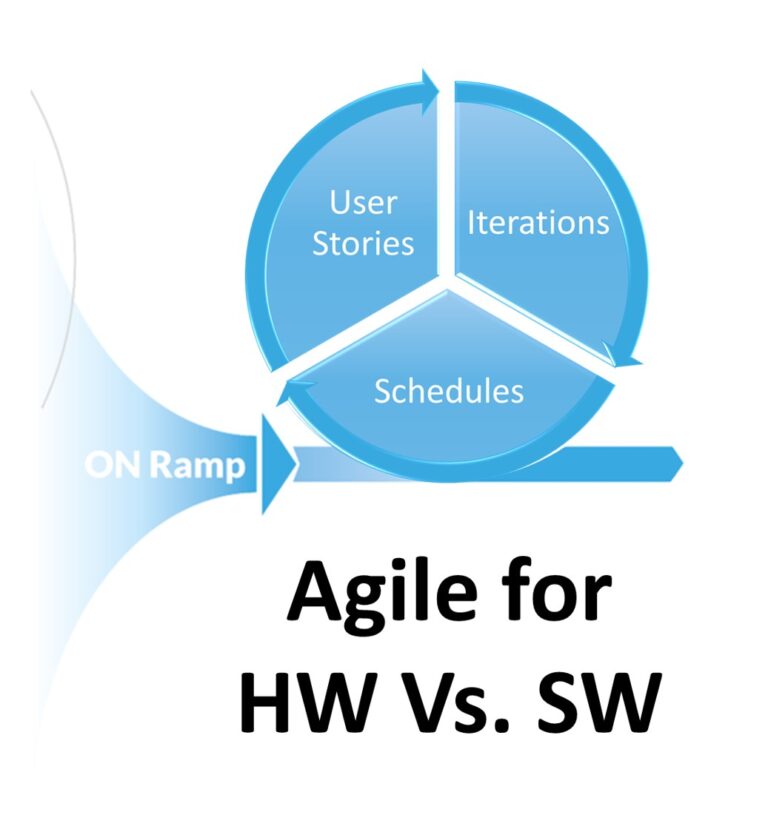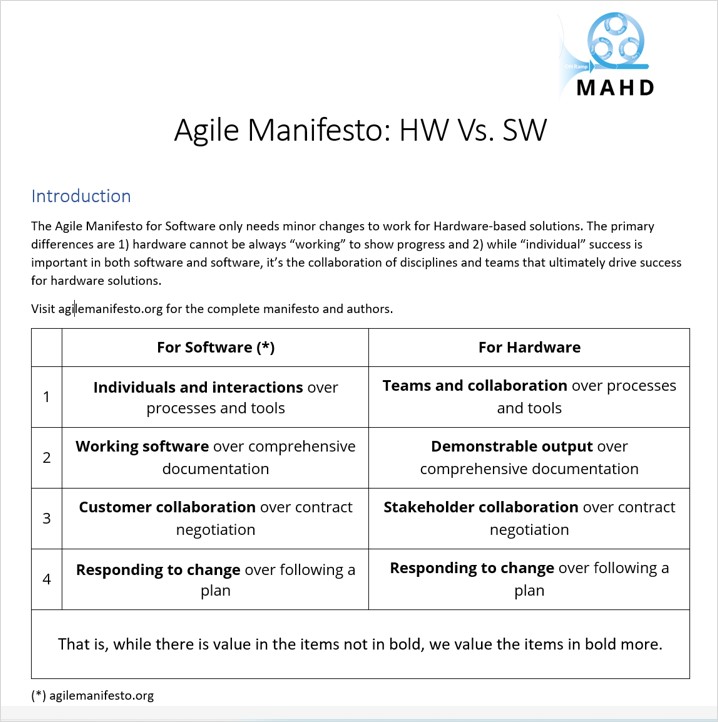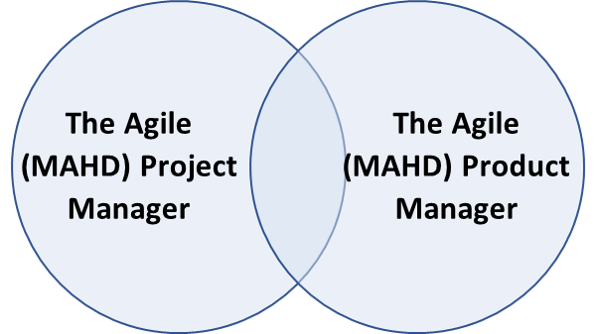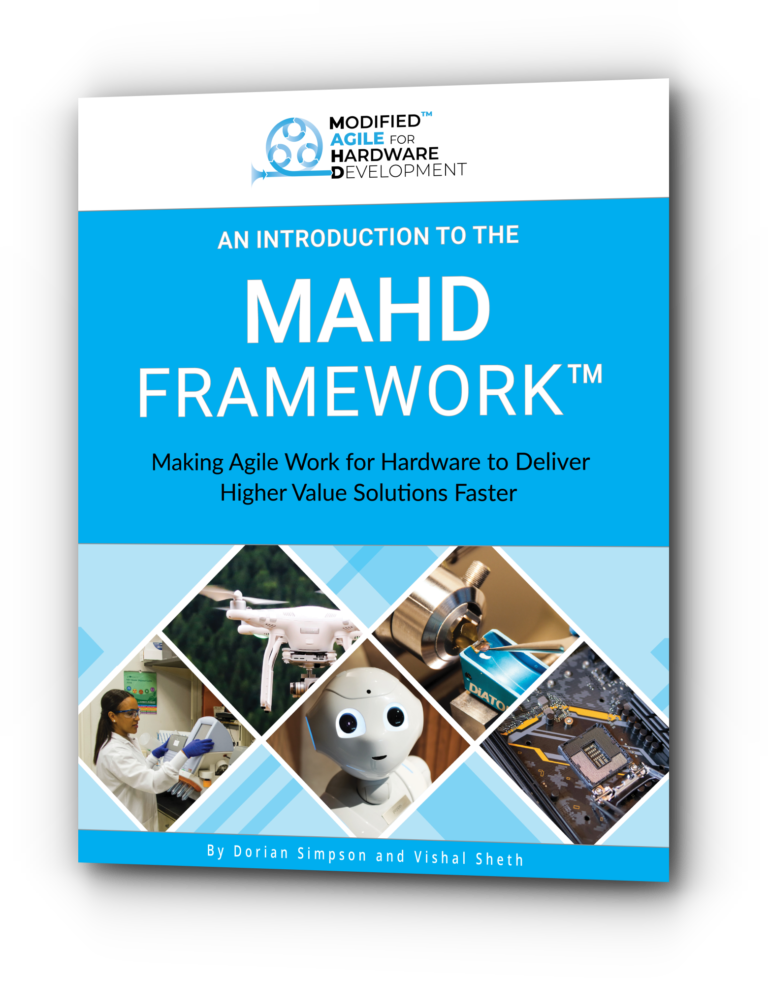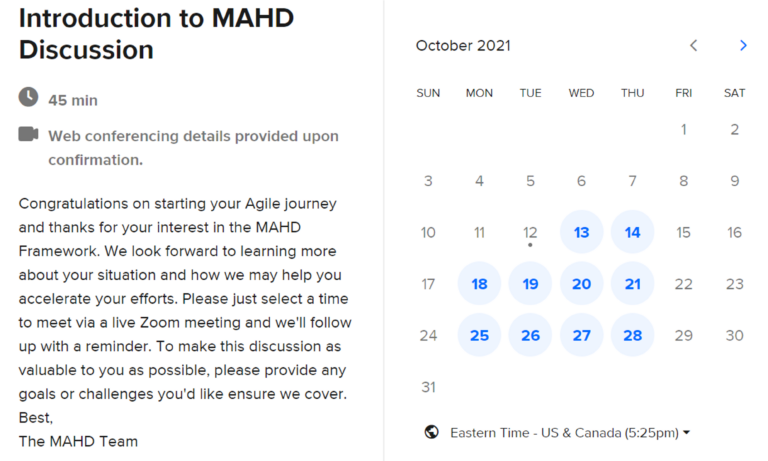Agile for Hardware Is Different
By now you are probably thinking about Agile, but not sure if Scrum or typical agile for SW methods work. And you’d be right to be skeptical since directly applying agile methods can lead to frustration. Here are three areas to consider agile for HW as unique from SW.
ONE: Sprints Are Important, but Iterations Are King
With Software, teams create a backlog in the form of user stories, refine them for execution and dive into 1-2 week sprints. Each sprint then delivers working code that can be demonstrated and tested. Hardware? Not so easy. Several, often cross-disciplinary, elements have to come together to create some form of demonstrable output. This means that several sprints, sometimes in parallel across teams, must be executed until enough comes together in order get valuable customer feedback. Having a broad plan with clear iteration objectives (that evolve as you learn… hey, it’s still agile) is critical to success.
With Software, teams create a backlog in the form of user stories, refine them for execution and dive into 1-2 week sprints. Each sprint then delivers working code that can be demonstrated and tested. Hardware? Not so easy. Several, often cross-disciplinary, elements have to come together to create some form of demonstrable output. This means that several sprints, sometimes in parallel across teams, must be executed until enough comes together in order get valuable customer feedback. Having a broad plan with clear iteration objectives (that evolve as you learn… hey, it’s still agile) is critical to success.
TWO: User Stories Are Not Tasks
With software, a user story, (such as, “As a user, I want to be able to quickly login so I can access the system,”) can directly be pulled from the backlog and executed. Hardware? Not so easy. While user stories are still valuable, they are often abstract from specific physical functions that may take a combination of mechanical, electronic or software to satisfy. As an example, “As a fork lift operator, I want to be able to quickly turn on my fork lift safely without looking.” This would take a wide combination of tasks to execute.
THREE: Having a Schedule is Not Anathema to Agile
We’ve seen many software teams cringe when being asked for a schedule and a semblance of what might be delivered in a stated time-frame. “Hey… we’re agile,” is often the response. Hardware? It’s typically important (if not critical) to have not just a target date, but a good idea of what will be delivered to satisfy management, market needs, and long lead items.
All these factors are discussed more deeply in our 9-step series on the Modified Agile for Hardware (MAHD) Framework as JavaBrew uses agile to develop an innovative new smart coffee maker.

